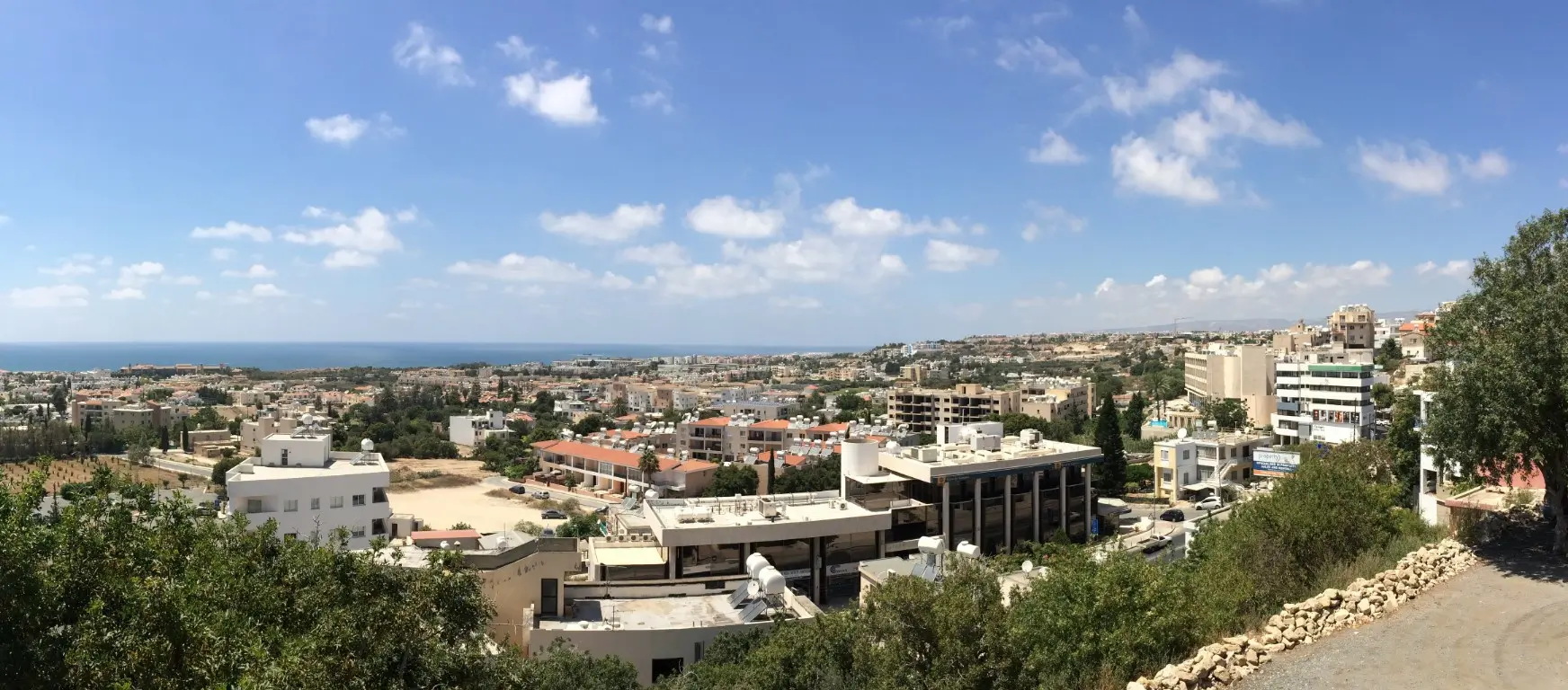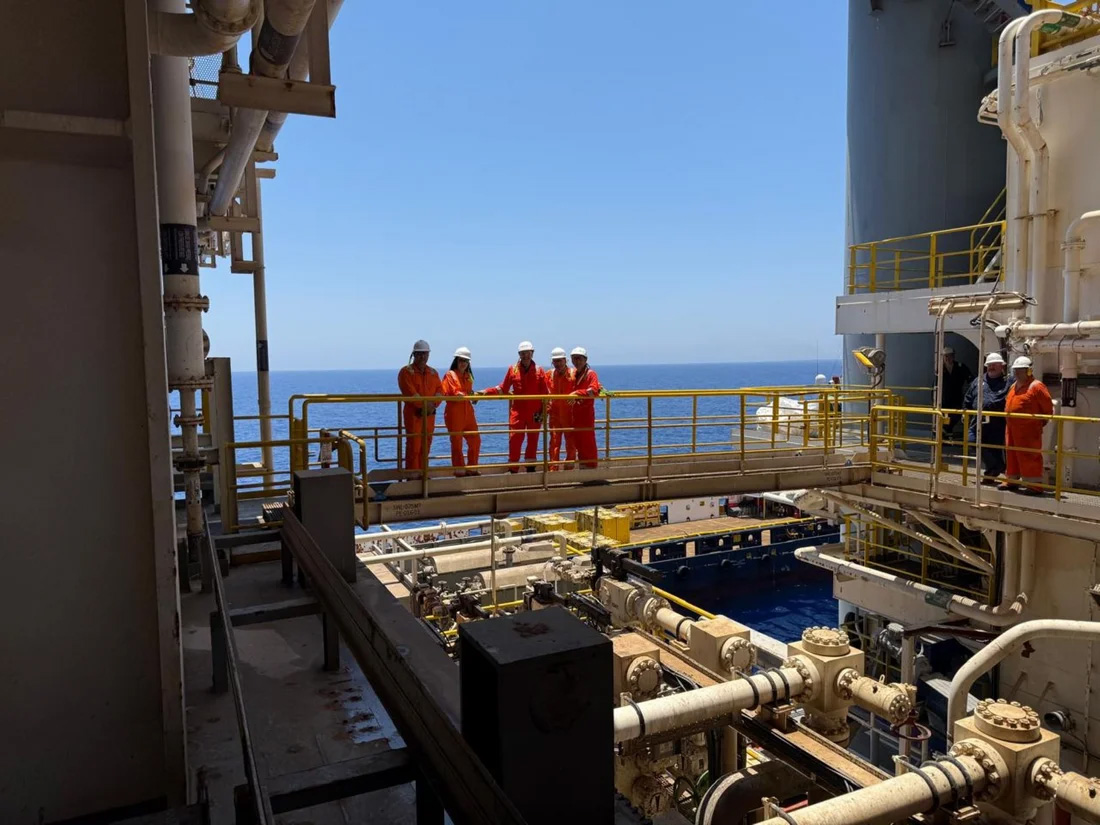Cyprus housing prices rise in first quarter
Paphos has emerged as the strongest performer for high-end houses in Cyprus’ residential property market, according to a report released on Monday by Landbank Analytics.
The analysis was based on sale contracts filed with the department of lands and surveys. It included a breakdown of average prices for newly built apartments and houses, revealing significant regional variations and market dynamics.
The report showed that average house prices surged 16.9 per cent year-on-year in Paphos, climbing from €593,000 in the first quarter of 2024 to €693,000 in the same period of 2025.
The strong performance is fuelled by sustained demand from international buyers seeking premium properties, confirming Paphos’ status as a prime destination for high-end residential investments.
In contrast, average apartment prices in Paphos declined by 10.3 per cent, dropping from €320,000 to €287,000.
This downturn may reflect a shift in the types of apartments available or a broader adjustment in the market following previous rapid growth.
“Paphos remains the top destination for high-end homes, while Limassol continues to lead in premium apartment sales,” said Andreas Christophorides, CEO of Landbank Group.
Across Cyprus as a whole, the average sale price for new apartments remained relatively stable, standing at €247,000 in the first quarter of 2025, marking little change compared to the previous year.
However, the average price for new houses across the island rose by 12 per cent, increasing from €410,000 in the first quarter of 2024 to €459,000 in 2025.
Capital city Nicosia recorded the most significant rise in average house prices, which jumped 35.5 per cent from €304,000 to €412,000.
This sharp increase is primarily attributed to a single luxury house sale valued at €2.7 million.
When this transaction is excluded, the adjusted average price for houses in Nicosia stands at €313,000, reflecting a more modest 3 per cent increase.
This trend underscores Nicosia’s ongoing residential development and growing demand for modern housing options.
Meanwhile, apartment prices in Nicosia remained steady, inching up from €189,000 to €191,000, indicating a balanced market with consistent demand.
Elsewhere, Limassol displayed diverging trends between apartments and houses. The average price for houses fell by 12.4 per cent, declining from €444,000 to €389,000. This decrease was partly influenced by three low-value transactions.
When these outliers are removed, the adjusted average house price reaches €428,000, narrowing the annual decline to 3.6 per cent.
This suggests a possible shift towards mid-range properties or corrections following previous peak prices.
In contrast, Limassol’s apartment market demonstrated strength, with average prices rising by 12.4 per cent year-on-year.
Prices climbed from €331,000 to €372,000, affirming Limassol’s continued appeal for premium apartment investments and sustained demand in this segment.
The company also reported that Larnaca experienced a notable increase in house prices, which rose by 21.5 per cent from €320,000 to €389,000.
The data point to heightened interest in the district and the development of higher-end housing projects.
At the same time, apartment prices in Larnaca saw a slight decline of 2.1 per cent, dipping from €191,000 to €187,000.
This minor adjustment reflects a stable apartment market shaped by steady mid-range supply and demand.
In the non-occupied territory of Famagusta, both housing segments experienced declines.
Average house prices fell from €343,000 to €300,000, while apartment prices decreased from €201,000 to €178,000.
It is important to mention that these averages account for all transactions within the district, not solely those in city centres.
“The evolving dynamics in the market for new homes reflect a transitional period shaped by shifting conditions, both economic and demographic,” Christophorides said.
“We’re already seeing that the European Central Bank’s interest rate cuts are beginning to stimulate demand among local buyers,” he added.
Christophorides also explained that “Nicosia is experiencing notable growth in house sales and remains stable in apartments, and Larnaca is fast emerging as a rising force in the housing market”.
“Although Famagusta shows a decline in average prices, this is also influenced by the relatively low volume of transactions in the district,” he continued.
“These nuances are critical for understanding market shifts and guiding buyers, sellers, and developers,” Christophorides concluded.







Click here to change your cookie preferences